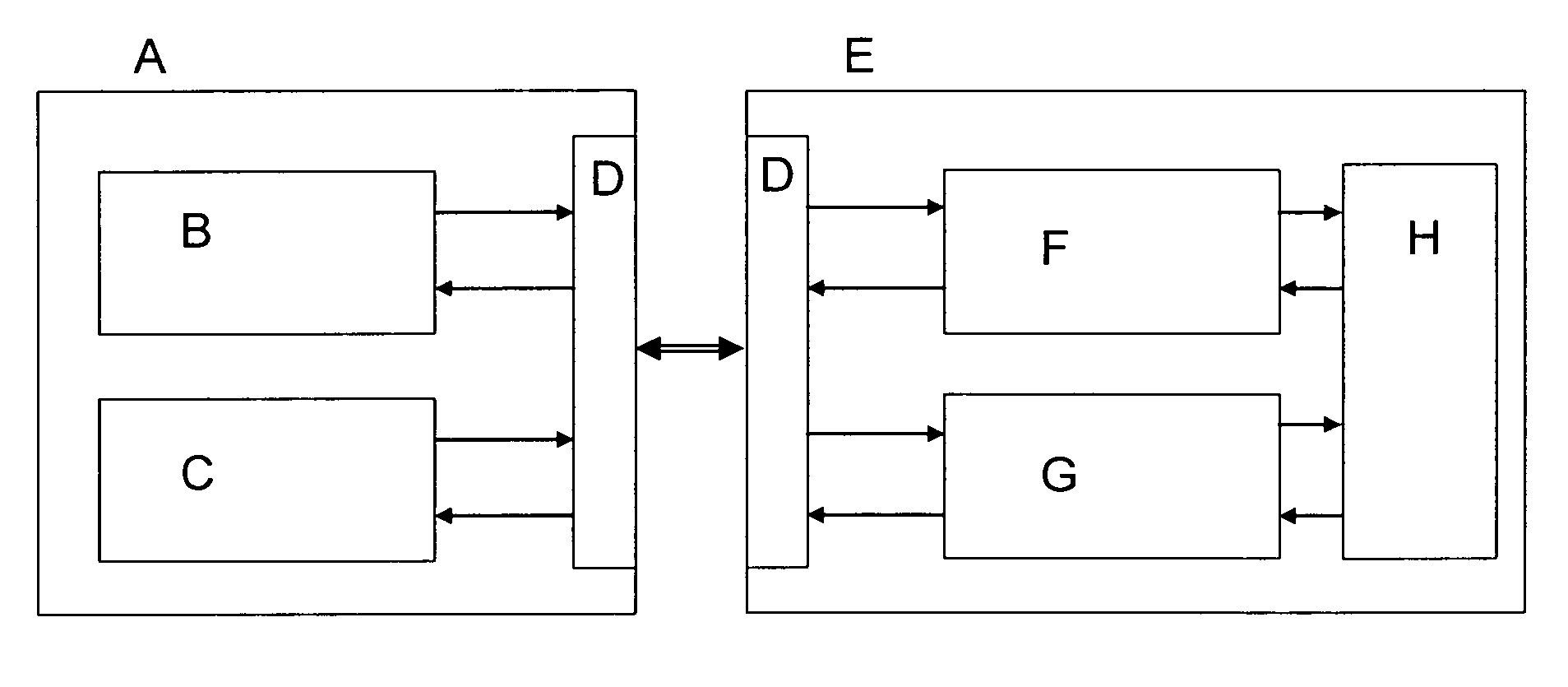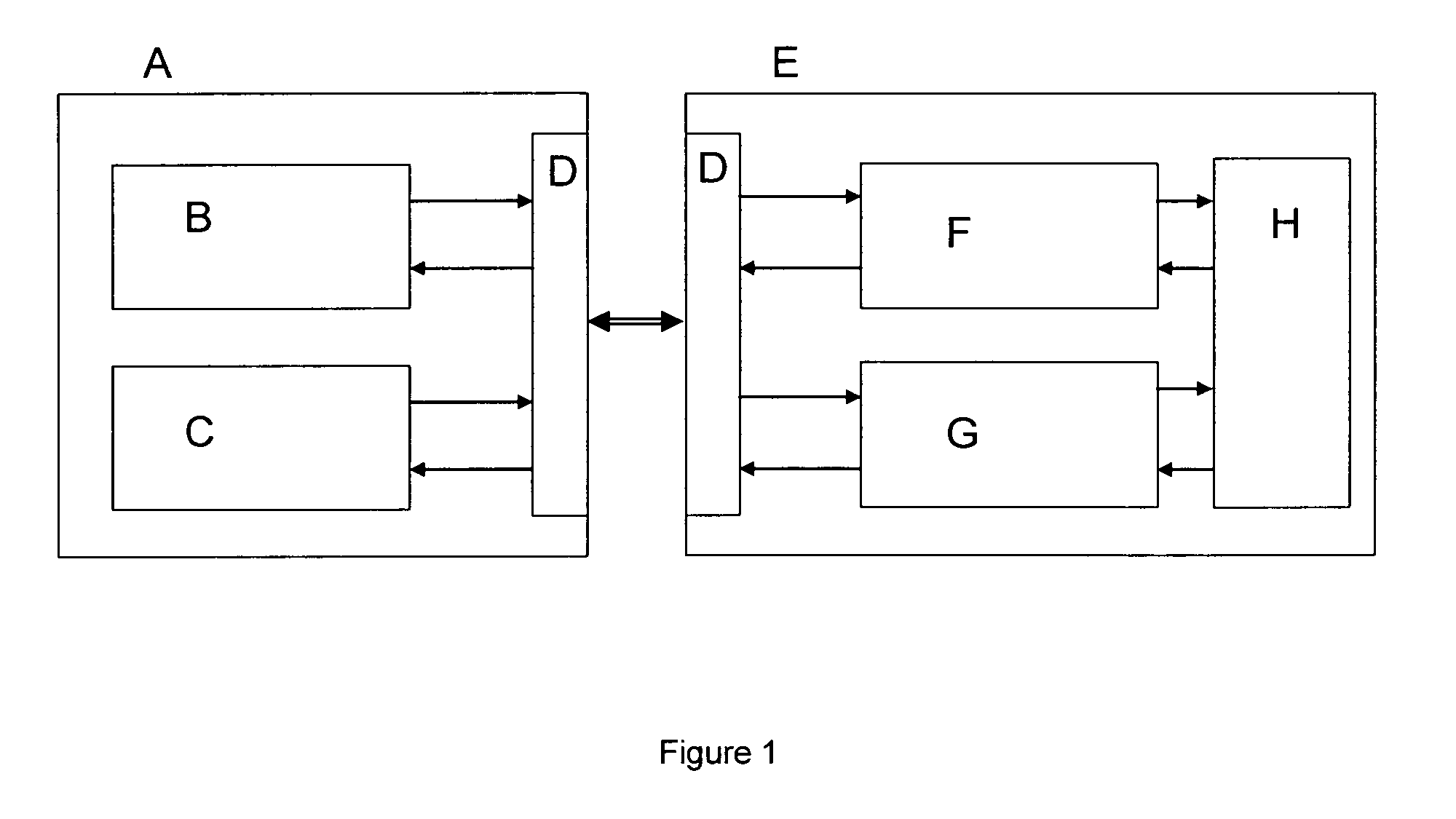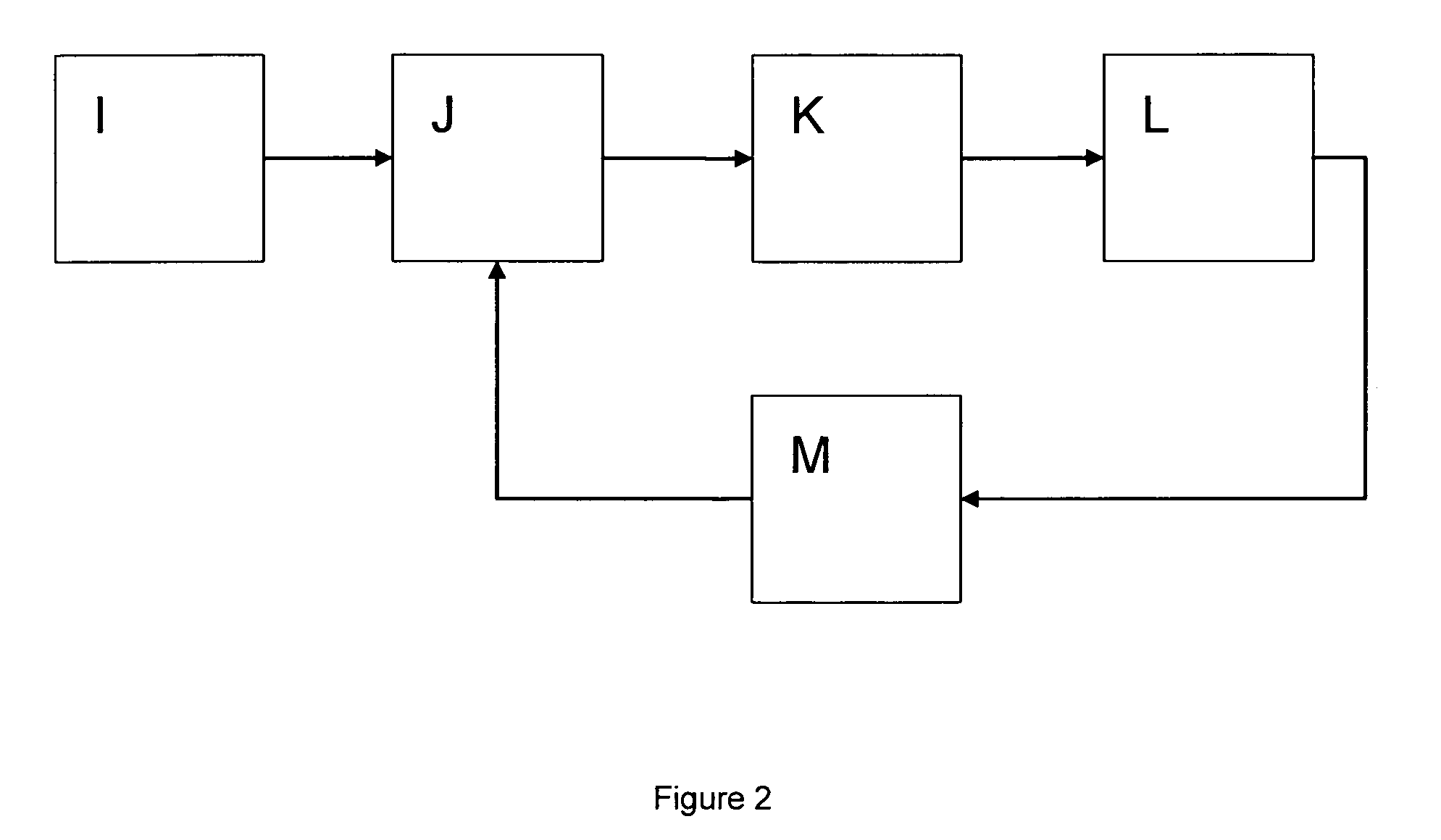Combination of reader and incubator
- Summary
- Abstract
- Description
- Claims
- Application Information
AI Technical Summary
Benefits of technology
Problems solved by technology
Method used
Image
Examples
example 1
Determination of Color Values of in Commercially Available Microbial Inhibition Test for Two Different Antibiotics
[0066]Using the scanning technology outlined in the second aspect of the invention, the color values in a commercially available microbial inhibition test (DSM DelvoTest®) were determined for a range of concentrations of penicillin G and sulfadiazin using the composite function Z=wL.L+wa.a+wb.b. Samples were kept at 64° C. by using a titanium dioxide coated glass plate (obtained from Mansolar, www.mansolar.nl) equipped with a temperature sensor connected to a processor and two electrodes. The electrodes were connected to a 12 V power supply that was driven by the processor. The results of these experiments are shown in FIG. 5, showing that the curves for penicillin G and sulfadiazine differ substantially in shape. By relating these shapes to curves stored in the memory of the processor, various analytes (here penicillin G vs. sulfadiazine) can be distinguished. Next to t...
example 2
Determination of Color Values of in Commercially Available Microbial Inhibition Test Using Photographic Manipulation Programs
[0067]Using the scanning technology outlined in the second aspect of the invention, the color values in a commercially available microbial inhibition test (DSM DelvoTest®), were determined for a range of concentrations of penicillin G, sulfadiazin and oxytetracyclin by analysis using Adobe Elements as photographic manipulation program as follows. The image obtained from the scanner was stored as .jpg file and opened in Adobe Elements. Using the darkpoint marker a positive test was assigned and using the lightpoint marker a negative test was assigned. Subsequently the hue-value was adjusted to a value higher than 0 (preferably 10-30) and the saturation was also adjusted to a value higher than 0 (preferably 100). Next the color values were determined using the formula Z=0.35.a−0.65.b. From the table below it becomes clear that, using the photographic manipulatio...
example 3
Determination of Color Values of in Commercially Available Microbial Inhibition Test for Two Different Antibiotics
[0068]Using the scanning technology (shown in FIGS. 1-3) and outlined in the second aspect of the invention, the color values in a commercially available microbial inhibition test DSM DelvoTest®, were determined for a range of concentrations of penicillin G, sulfadiazin, ceftiofur, amoxicillin, cloxacillin, oxytetracyclin and erythromycin using the composite function Z=wL.L+wa.a+wb.b.
SensitivitySensitivity Example 3DelvoTest ® SP-NTAntibiotic(in ppb, after 105 min)(in ppb, after 150 min)Penicillin G21-2Sulfadiazin5025-50Amoxicillin32-3Ceftiofur10025-50Cloxacillin1520Oxytetracyclin200250-500Erythromycin10040-80
Samples were kept at 64° C. using a plate with holes. Heat traces are divided over the plate, which allows generating a specific heat input related to the position, for homogeneous temperature gradients. To increase accuracy of the temperature gradient over the plat...
PUM
 Login to view more
Login to view more Abstract
Description
Claims
Application Information
 Login to view more
Login to view more - R&D Engineer
- R&D Manager
- IP Professional
- Industry Leading Data Capabilities
- Powerful AI technology
- Patent DNA Extraction
Browse by: Latest US Patents, China's latest patents, Technical Efficacy Thesaurus, Application Domain, Technology Topic.
© 2024 PatSnap. All rights reserved.Legal|Privacy policy|Modern Slavery Act Transparency Statement|Sitemap



